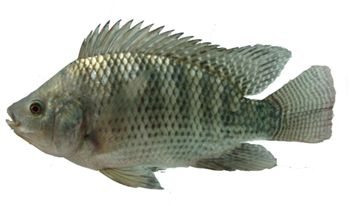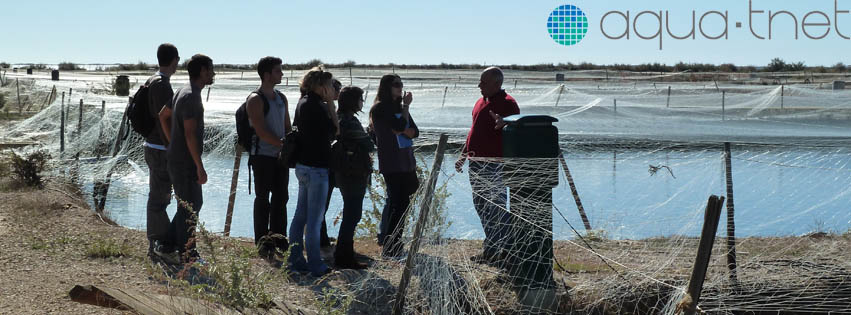Course Objective:
Seafood products are highly traded items in both the local and global markets. Seafood production, processing and trading have been highly commercial and globalized activities, which have resulted in a competition tougher than before. More recently, regulatory requirements are becoming stricter and often more complex. This course provides students with practical Seafood business management tools in the production, processing, quality control, and marketing of Seafood products in both the local and global markets to ensure the long-run sustainability of seafood production.
Learning Outcomes:
On completion of this course, students will be able to:
- identify suitable types of Seafood products for business
- explore the local and international markets for aquatic products
- apply seafood safety measures and certification processes
- carry out cost-benefit analysis of Seafood business
- develop a business plan for start-up seafood business
- Teacher: Ram Bhujel

Background
Nile tilapia (Oreochromis
niloticus) is a well known tropical food fish native to Africa. Broodstock management is very important in
term of avoiding the production of poor
quality fry and fingerlings. In
addition, monosex culture of male tilapia is often
preferred to the mixed sex system due to sexual dimorphism, males being
substantially larger than females. This causes
special for seed production of tilapia.
In fact, there are several methods available for management of broddstock as well as for
seed production, especially for the creation of
monosex tilapia populations. This
training course has been designed to provide up-to-date knowledge about broodstock management and seed production of Tilapia.
Learning
outcome
-
Enhanced knowledge about broodstock and seed production of tilapia
-
Acquired skills of breeding, nursing and
farming
-
Ability to develop a business plan
Lectures
– 4 hours (2+2) – Classroom
1. Current
trends and scope for farming and biology of Tilapia
2. Broodstock management, breeding and nursing methods (feeding, water
quality management etc.)
Practical
– 15 hours (3+3+3+3+3)
-
Fish (4-5 pairs of min. 0,5 kg in size)
-
Tanks with plenty of aeration and freshwater
-
Feeding methods
-
Breeding methods and seed
production
-
Hormone
treatment for monosex male tilapia
Final
report including business plan: by each participant –
max. 5 pages
Presentation
of results by the group of participants (Seminar Room)
-
Techniques and lessons learned
-
Wrap-up by Instructor (1 hour)
Feedback
and evaluation by students / participants
Resource
persons: Dr Tran Thi
Thuy Ha
- Teacher: Thuy Ha Tran

Test course with teacher resources and links
- Teacher: John Bostock
